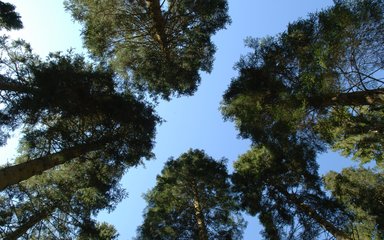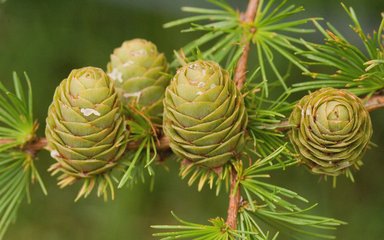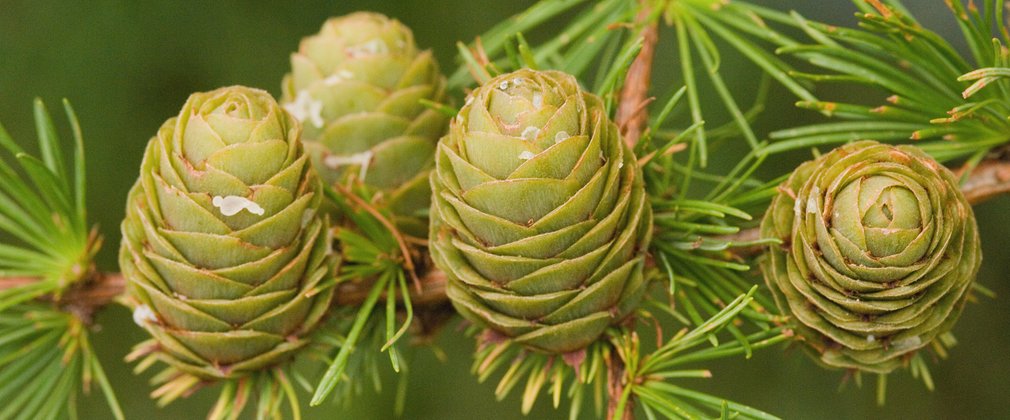
Larches are beautiful trees. The result of chance cross-pollination of Japanese and European larch at the turn of the twentieth century, today most hybrid larch seeds are produced in seed orchards, with trees of each parent planted in alternate rows. The offspring show remarkable ‘hybrid vigour’ by growing faster than their parent trees and surviving under poorer conditions.
Hybrid larch facts and figures
- the natural range of parent species is central Europe and Japan.
- Hybrid larch (Larix × marschlinsii) grows around 30 metres tall.
- it has stunning autumn colour before losing its needles in the winter, making it a deciduous conifer.
- its changing colour contrasts with other conifers and has been widely used for designing forest landscapes.
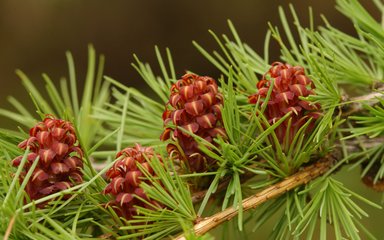
Hybrid larch identification tips
Heading out into the forest? Here are some top things to look for when trying to spot hybrid larch:
- bark: grey-brown in colour and fissured into regular plates.
- flowers: female flowers are red-purple and produce cylindrical cones with rounded scales, many of which turn outwards.
- needles: deciduous and grow in attractive rosettes.
How hybrid larch is used
Larch is an attractive wood and a very desirable timber. Its strong, durable and flexible timber is used for boat-building, construction and garden furniture.
Naturally larch is weatherproof and durable, and often sought after for outdoor cladding on buildings. It also makes great fence posts, rails and gates as they do not rot in the ground.
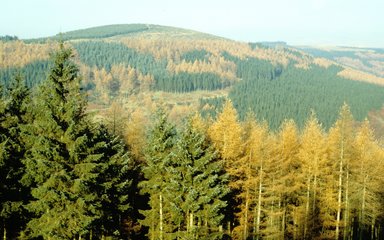
Hybrid larch and future forestry
Larches are impacted by a very destructive disease called Phytophthora ramorum. Millions of trees have died or had to be felled to control outbreaks from spreading to other woodlands and other species. This may restrict its future planting. Areas of larch are being replanted with different tree species that are resistant to the disease.
However, these fast growing trees are a good 'pioneer' species for establishing woodland and have the potential to replace Sitka spruce in areas that are prone to drought in our future climate.

